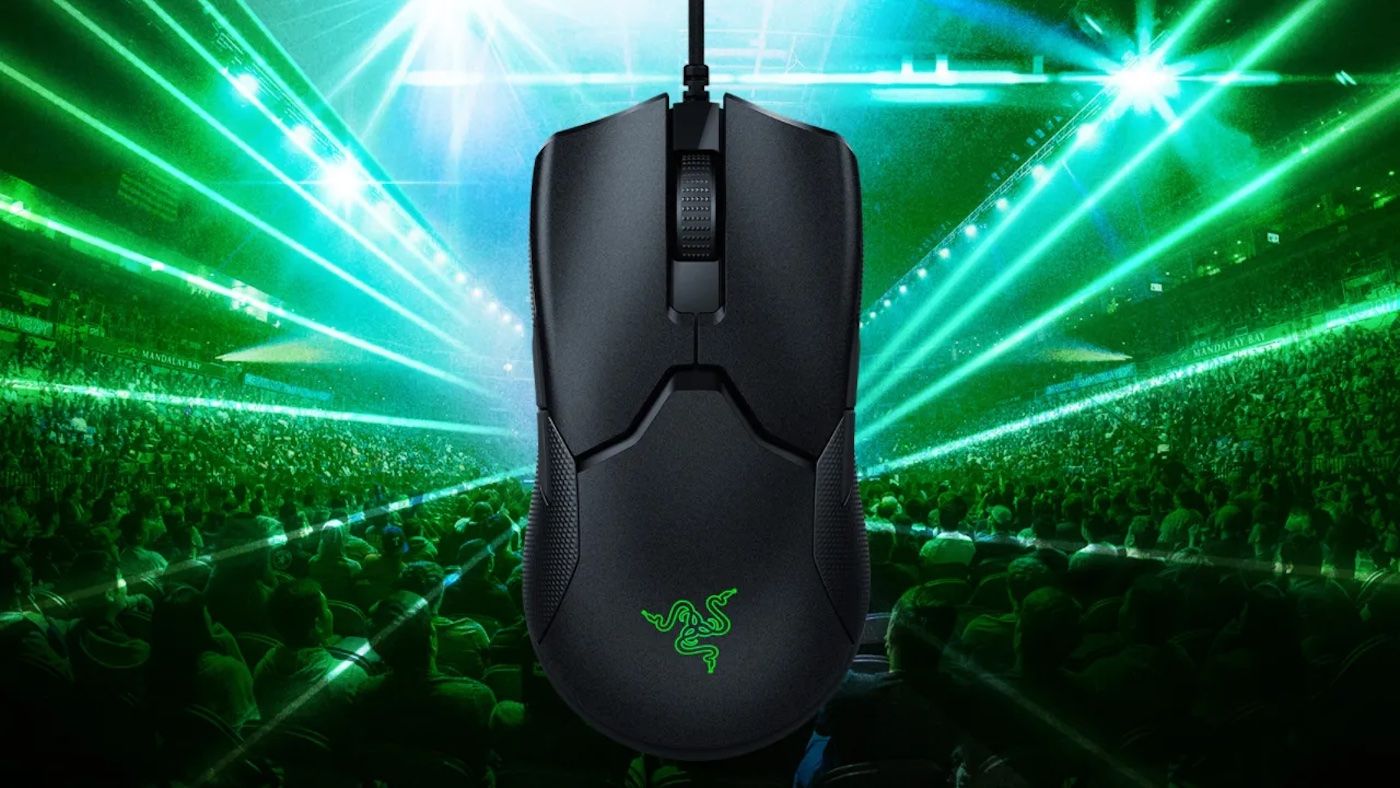
"Researchers at UC Irvine uncovered a vulnerability that enables some gaming mice with polling rates of 4,000 Hz or higher many of which are developed in the Bay Area to be turned into spyware, capturing conversations through desk vibrations using AI. As Tom's Hardware reports, security researchers from the University of California Irvine found a way to use high-end optical gaming mice containing advanced sensors that can sample data up to 8,000 times per second, per Hoodline, to record users' conversations via desk vibrations."
"As Hoodline reports, Sunnyvale-based PixArt Imaging manufactures some of the sensors used in the vulnerable gaming mice, many of which are developed by Bay Area companies, including Milpitas-based Cosair, San Jose's Logitech, and Razer, which is based in Irvine but has offices in San Francisco, per Hoodline. Hoodline notes that the researchers discovered the quality of the audio transmissions was degraded significantly when users' conversations were kept below 60-80 decibels and if they utilized thick or rigid surfaces like signal-absorbing mouse pads."
A vulnerability allows high-end optical gaming mice with polling rates of 4,000–8,000 Hz to sense desk vibrations and capture nearby conversations. The attack requires a vulnerable mouse and a compromised or exploitable host, including infected free software or browser-based vectors, to collect mouse packet data. Artificial intelligence can decode captured vibrations into audio with roughly 42–61% accuracy. Sensors from Sunnyvale-based PixArt Imaging are used in many affected devices produced by Bay Area companies such as Cosair, Logitech, and Razer. Audio quality drops under 60–80 dB and on thick or rigid surfaces. Suggested mitigations include blacklisting, approved peripheral lists, and firmware updates to limit data exposure.
Read at sfist.com
Unable to calculate read time
Collection
[
|
...
]